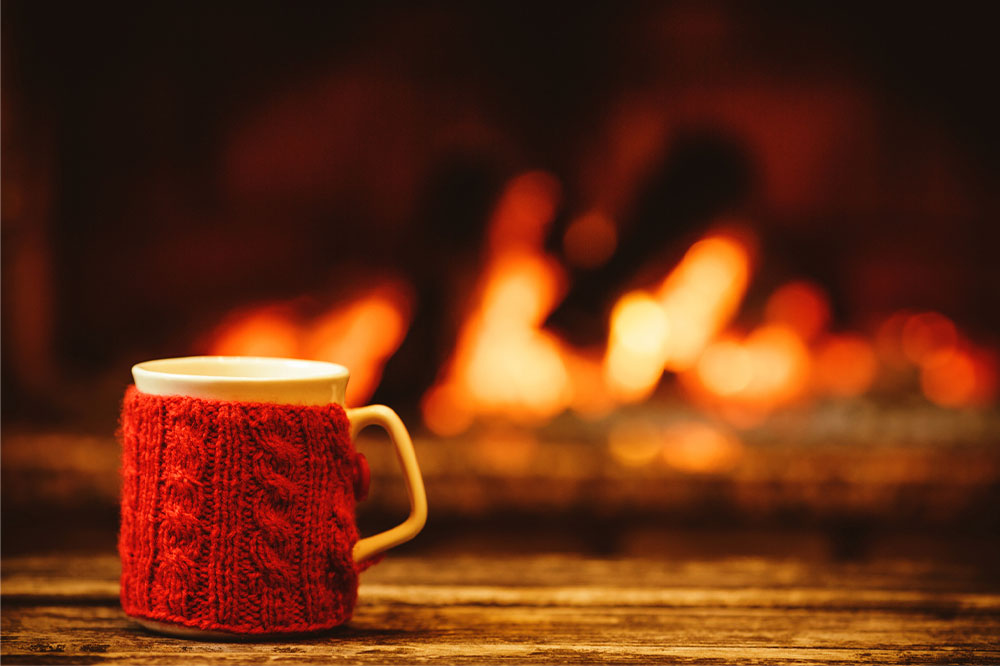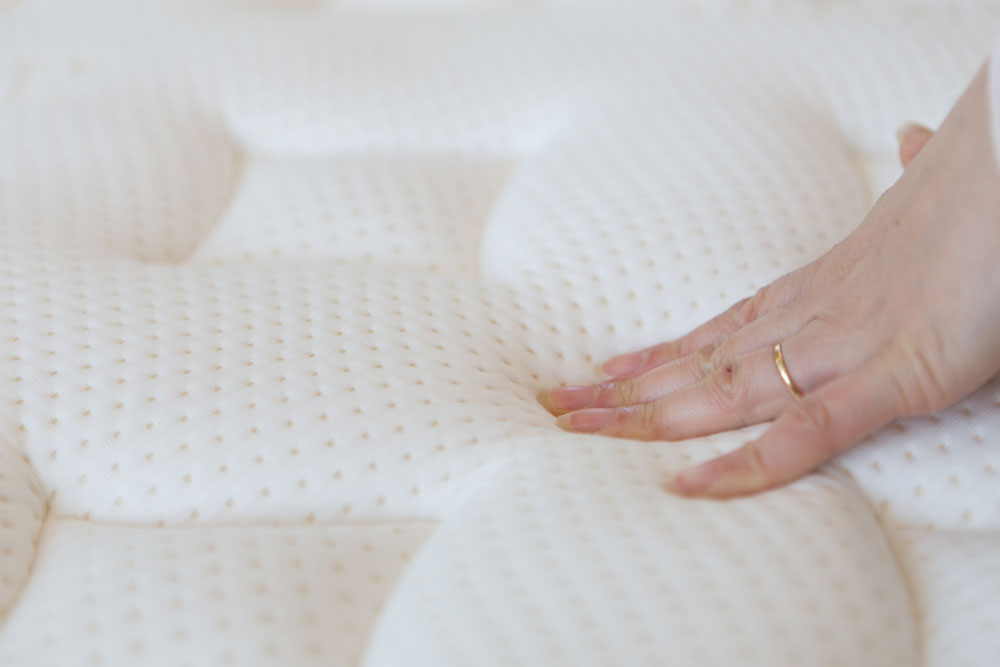Proven Methods to Rapidly Alleviate Chills and Restore Warmth
Discover comprehensive strategies and natural remedies to quickly eliminate chills, restore body warmth, and improve overall comfort. From layering clothes and warm beverages to relaxation techniques and dietary tips, this guide provides practical advice for managing chills effectively. Whether caused by cold exposure, illness, or stress, learn how to regain your warmth swiftly and safely with proven methods suitable for any season or situation.

Proven Methods to Rapidly Alleviate Chills and Restore Warmth
Experiencing chills can be both uncomfortable and alarming, often signaling underlying issues such as fever, cold exposure, or stress. Understanding effective and immediate strategies to counteract shivering is crucial for maintaining comfort, safety, and overall health. Whether caused by environmental factors, illness, or stress, chills can be managed effectively with the right techniques. This comprehensive guide delves into various proven methods and natural remedies that can help you eliminate chills swiftly, regain body warmth, and improve your well-being. From simple clothing adjustments to dietary choices and relaxation practices, discover how to take control and soothe those shivers efficiently.
Layer Your Clothing for Optimal Insulation
Wearing multiple layers is one of the most effective ways to trap heat and prevent cold air from penetrating your body. Start with a lightweight, breathable base layer that wicks moisture away from your skin, then add insulating garments such as sweaters, fleece, or woolen clothes. Accessories like scarves, hats, warm gloves, and thick socks further preserve body heat, especially for extremities like hands and feet. Proper layering creates a thermal barrier, keeping your core temperature steady and reducing the likelihood of persistent chills. It's essential not to overdress or underdress—find a balance that keeps you warm without causing overheating.
In addition to layering, consuming warm liquids can significantly boost internal temperature. Drinking hot herbal teas, warm water infused with lemon and honey, or nourishing broths can provide immediate comfort from within. These beverages not only elevate core warmth but also hydrate your body, supporting faster recovery. Warm fluids are especially beneficial when chills are accompanied by dehydration or general fatigue. Sipping slowly and steadily helps stabilize your temperature and offers a soothing, comforting effect during moments of shivering.
Physical activity is another quick and natural method to fight chills. Engaging in light exercise, such as stretching, brisk walking, or even simple movements like jumping jacks, stimulates blood flow and generates heat. Even seated movements like swinging your arms or tapping your legs can help increase circulation, enhancing warmth in affected areas. The goal is to get your body actively producing heat — a simple yet effective step to ward off persistent chills and restore a sense of comfort.
Applying external warmth directly to cold extremities offers practical relief. Use a warm towel, heating pad, or soak a cloth in warm water to gently press against your hands and feet. Repeating this process as needed helps improve blood circulation and reduces numbness or discomfort caused by cold exposure. For quick relief, keeping a heating pad handy is highly recommended, especially during cold weather or sudden chills. Consistent external warmth combined with internal strategies accelerates the process of warming up your body.
Creating a warm indoor environment and minimizing exposure to cold outdoor elements are vital in managing chills. If you find yourself outside or in a cold setting, seek shelter indoors or behind windbreaks. When indoors, make use of blankets, heated pads, and space heaters if necessary. Covering yourself with multiple blankets and wrapping tightly helps retain body heat, especially during episodes of shivering. Maintaining a warm environment supports your body’s natural ability to recover and significantly shortens the duration of chills.
In moments of stress or anxiety-induced chills, deep breathing exercises and relaxation techniques can be beneficial. Find a quiet, comfortable space, then practice slow, deep breaths to activate your parasympathetic nervous system, which promotes relaxation and heat conservation. Techniques such as mindfulness meditation or progressive muscle relaxation help to reduce tension, stabilize your body's response, and hasten the return to normal temperature. Managing stress effectively is essential not just for immediate relief but also for long-term health.
Incorporating thermogenic foods and spices into your diet can also assist in warming your body from within. Ingredients like ginger, cayenne pepper, turmeric, and garlic are known for their ability to boost metabolism and generate heat. Adding these spices to your meals or beverages can provide a sustained warming effect, helping you feel more comfortable and less susceptible to chills. Eating warm, nutrient-rich foods supports overall health and enhances your resilience against temperature drops.
Proper hydration plays a crucial role in regulating body temperature. Drinking plenty of fluids such as water, herbal teas, or water-rich fruits and vegetables keeps your body hydrated and aids in temperature control. Hydration also enhances circulation, ensuring that warmth is evenly distributed throughout your body. During cold episodes, staying hydrated prevents dehydration-related issues that can worsen feeling cold or cause fatigue.
Lastly, restful sleep is fundamental for recovery and temperature regulation. Ensure your sleeping environment is cozy and free of drafts. Getting sufficient, quality sleep allows your body to heal, recover from chills, and maintain a stable core temperature. Developing a bedtime routine that promotes relaxation—such as reading, gentle stretching, or meditation—can further support your body’s natural processes and help you wake up feeling warm and refreshed.




